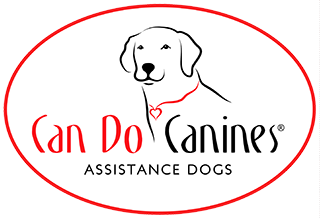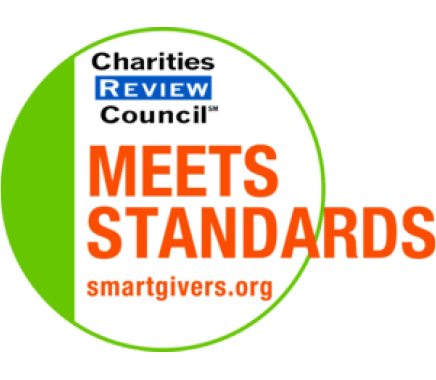What is Positive Reinforcement Training?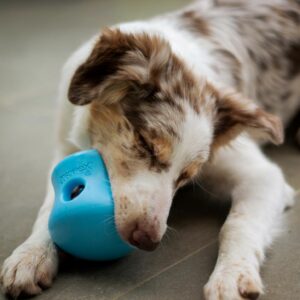
The general concept of positive reinforcement training is in the name—you reinforce and reward desired behavior versus focusing on, and reacting to, the undesirable behaviors a dog is displaying. Rewards for desired behaviors can come in the form of treats, praise, toys or anything the dog finds rewarding. Since the reward makes the dog more likely to repeat the behavior, positive reinforcement is a powerful tool for shaping or changing your dog's behavior.
For example, if you have a dog who jumps all over visitors, it is much faster to teach your dog a behavior that is incompatible with jumping, such as sitting or running to a mat on cue, than it is to punish the act of jumping and leave the dog guessing what you want.
Simple way to begin positive reinforcement with your dog
Try and notice when your dog is doing something you like. Perhaps he is lying quietly on his doggy bed instead of running around the house, or chewing a bone instead of your slippers. By giving your dog a quick word of praise, belly rub or even a surprise treat, you can reward calm behaviors instead of only giving attention when the dog is acting out.
Examples of how to redirect your dog using positive reinforcement
Begging for food
One example of human behavior that sometimes unintentionally reinforces negative behaviors with dogs is related to begging. Your actions during dinner prep and while you’re eating will all influence your dog’s behavior. One simple rule to discourage begging is to never feed your dog human food. Dogs will learn to beg if you give them food while you are eating or cooking. If you never feed a dog human food while eating, she will quickly learn not to beg. Do not feed the dog anything, not even dog kibble or treats, while you are at a table made for eating, either in public or at home. If you do treat the dog while at the table, you are inadvertently teaching what she thinks is positive behavior and something she will want to repeat. Food of any kind from the table teaches the dog to beg when under a table. Before you sit down to eat, redirect your dog to a doggie bed and reward her for staying there. Then, ignore the dog but always keep an eye on what she is doing.
Jumping on visitors
When a visitor comes to the house, some dogs love to jump on people for attention. We need to focus on teaching the dog what behaviors get our attention. Remember, the dog wants us to look at him, talk to him and touch him! Even if you are telling your dog “no” and yelling at him to get down, he is still getting attention from you in the form of talking and eye contact. One way to reroute his behavior is to turn your back on the dog when he jumps at you and completely ignore him until he has all four feet on the floor. Once this happens, you can then give him a reward such as a treat or some pets, followed by verbal praise like “good dog” in a friendly voice.
If the dog keeps jumping, you want to provide the least reinforcing scenario, knowing that he already received some reinforcement for the act of jumping up. For some dogs, simply removing your hands, looking away from the dog and quietly waiting is enough. He will put his feet back on the floor when he realizes you’re removing attention, and you can re-engage him after a brief pause. Other dogs are optimistic. If the dog is persistently trying to get attention even when ignored, try taking a step or two into the dog’s space to knock him off balance and to claim your personal space.
Both behaviors communicate to dogs that you are not interested in interacting unless they have four feet on the floor. For more in-depth tips, read our full article titled, “Helping Dogs Greet Others” here.

Does this mean we never tell the dog "no"?
Even positive reinforcement training allows for interrupting unsafe behaviors. For example, if a dog is actively trying to steal your dark chocolate cake from the counter, you can't wait for him to offer a better behavior for a reward—you need to stop the behavior immediately so he doesn't ingest the chocolate. You can interrupt with an "uh-uh" or "no!" as needed to keep him safe. Then it is up to the trainer to redouble their efforts to train and reinforce more desirable behaviors (as well as setting the dog up for better success, like clearing counters of cake!).
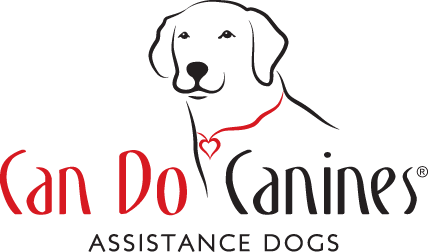

 Welcome, Animal Planet Video Viewers!
Welcome, Animal Planet Video Viewers!
